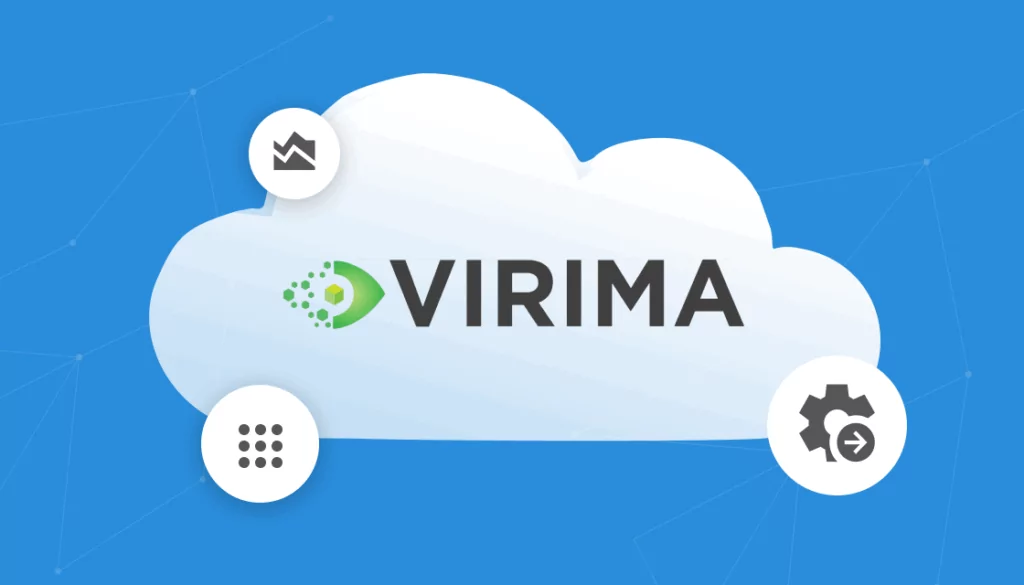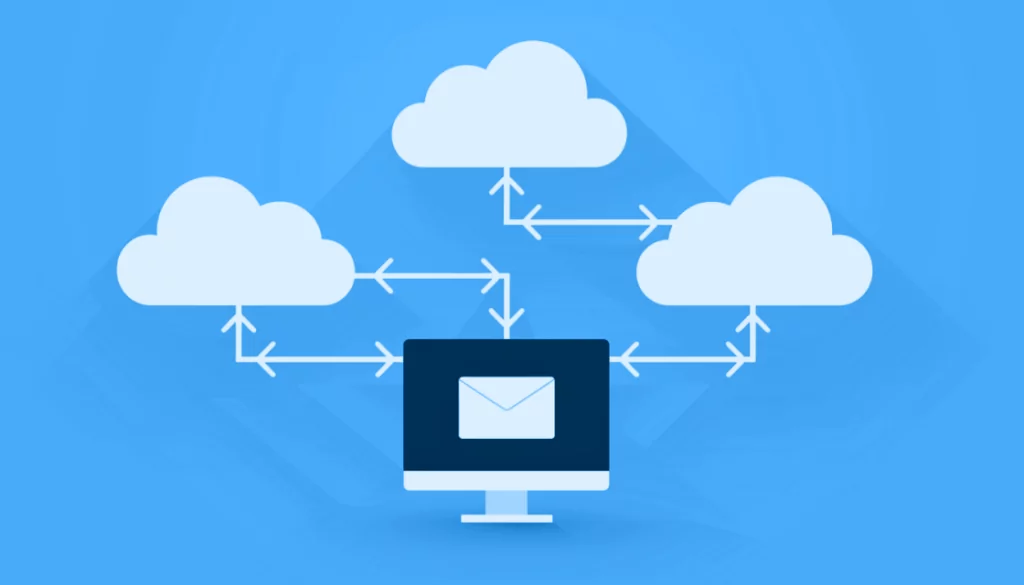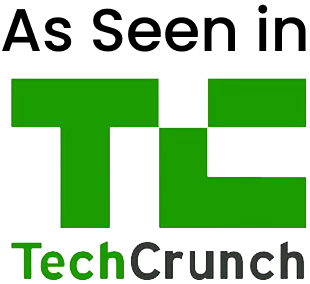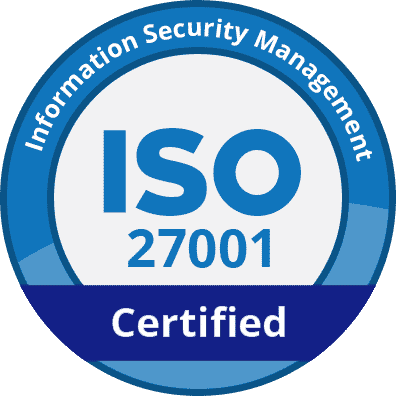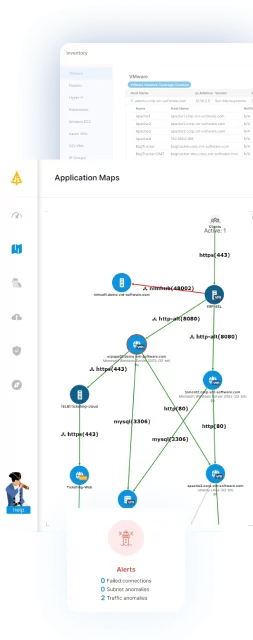What Are Application Dependency Mapping Tools?
Application dependency mapping tools identify and visualize relationships between applications, services, and infrastructure components. They help organizations understand how different elements interact, making it easier to manage performance, troubleshoot issues, and optimize resource usage.
These tools automatically discover dependencies across servers, databases, APIs, and cloud services, providing a clear view of application architecture. They are valuable in complex environments where applications span multiple platforms and rely on dynamic connections.
By using dependency mapping, IT teams can improve incident response, minimize downtime, and support efficient cloud migrations.
Table of Contents
ToggleKey Features of Application Dependency Mapping Tools
ADM tools typically include the following capabilities.
Automated Discovery of Application Dependencies
ADM tools automatically detect and document relationships between applications, databases, servers, and services. They achieve this through a combination of network traffic analysis, agent-based monitoring, and API integrations. Some tools use machine learning to refine dependency detection, identifying patterns and correlations that may not be obvious.
This automation eliminates the need for manual mapping, which is often time-consuming and prone to human error. It also ensures that dependency maps remain accurate as applications evolve. With automated discovery, IT teams can quickly gain a view of how applications interact, enabling faster troubleshooting.
Real-Time Monitoring and Visualization
Dependency mapping tools continuously track application interactions, updating maps in real time as components change. This live monitoring allows IT teams to detect performance bottlenecks, latency issues, and failures as they happen.
Visualization features, such as topology maps and interactive dashboards, provide a clear representation of dependencies. These visual tools make it easier to spot anomalies, such as unexpected spikes in network traffic or broken service connections. Some tools offer drill-down capabilities, allowing teams to investigate components and trace issues back to their root causes.
Integration with Cloud and On-Premises Environments
Modern IT environments are often hybrid, combining on-premises data centers with cloud-based infrastructure. Dependency mapping tools bridge this gap by integrating with major cloud providers like AWS, Azure, and Google Cloud, as well as traditional on-premises systems. These integrations provide a unified view of dependencies across all environments.
Cloud-native applications, microservices, and containerized workloads are mapped alongside legacy systems, helping organizations manage transitions to the cloud and optimize their hybrid environments. Additionally, some tools support integrations with configuration management databases (CMDBs), IT service management (ITSM) platforms, and DevOps pipelines.
Impact Analysis and Change Management
Changes in an IT environment can have wide-reaching consequences, potentially disrupting critical applications. Dependency mapping tools help mitigate risks by analyzing the impact of changes before they are implemented. These tools track configuration changes, software updates, and infrastructure modifications, providing insights into how they affect performance.
Some tools offer “what-if” analysis, allowing IT teams to simulate changes and assess potential risks. By maintaining a historical record of dependencies and system changes, these tools also aid in troubleshooting. If an issue arises, teams can quickly identify recent changes that might have contributed to the problem, speeding up root cause analysis and resolution.
Security and Compliance Monitoring
Dependency mapping tools provide visibility into all application connections, helping security teams detect unauthorized access, misconfigurations, and anomalous behavior. By continuously monitoring dependencies, these tools can flag risky connections or outdated components that might expose an organization to cyber threats. Some tools integrate with security information and event management (SIEM) systems to correlate dependency data with security logs.
Compliance monitoring is another key feature. Many regulations, such as GDPR, HIPAA, and PCI-DSS, require organizations to document and secure their application dependencies. Dependency mapping tools help maintain compliance by providing audit trails, enforcing security policies, and ensuring that sensitive data flows are properly controlled.
Notable Application Dependency Mapping Tools
1. Faddom
Faddom is a lightweight application dependency mapping solution that provides real-time visibility across hybrid IT environments through fully automated, agentless discovery. It passively maps dependencies without requiring credentials or impacting performance. Designed to simplify complex environments, Faddom helps IT teams improve documentation, enhance security, and accelerate cloud and infrastructure projects.
Key features include:
- Agentless passive discovery: Deploys in under 60 minutes without requiring agents or credentials. Monitors north-south and east-west traffic across on-premises and cloud environments using a passive method that does not impact performance.
- Real-time visualization: Interactive, always-updated maps show application connections, ports, protocols, and traffic paths across cloud and on-premises environments.
- Change management and impact analysis: Logs infrastructure and application changes over time to support root cause analysis, governance, and compliance audits.
- Use case versatility: Supports a wide range of IT needs including cloud migration
- Network Security visibility: Identifies shadow IT, unauthorized connections, and unencrypted traffic to reduce risk and enforce segmentation policies.
- Easy integration: Connects with tools like ServiceNow and Splunk to enrich ITSM and SIEM workflows.
Source: Faddom
2. Dynatrace
Dynatrace is an AI-enabled application dependency mapping tool that provides visibility into IT environments. It discovers and maps dependencies across applications, services, and infrastructure components, continuously analyzing dependencies. This helps IT teams detect performance anomalies, optimize resource usage, and troubleshoot issues.
Key features include:
- Automated topology discovery: Uses AI to discover and map components in an IT environment, including applications, databases, services, and cloud infrastructure.
- Smartscape visualization: Provides an interactive topology map of the IT landscape. Users can drill down into components to analyze their dependencies and monitor performance trends.
- Compatibility: Supports a range of platforms, including AWS, Azure, Google Cloud, Kubernetes, Docker, Linux, Windows, Java, and .NET.
- AI-driven anomaly detection: Continuously learns an environment’s normal behavior and automatically detects performance anomalies.
- Automated root cause analysis: Uses big data analytics and AI to pinpoint the root causes of performance issues, identifying whether they impact end users.
Source: Dynatrace
3. ServiceNow
ServiceNow IT Operations Management (ITOM) provides visibility into IT environments, spanning on-premises and cloud infrastructure. It enables organizations to map application dependencies, predict issues, and automate resolutions using AI-driven insights.
Key features include:
- Automated discovery: Identifies IT assets and dependencies across on-premises data centers and cloud environments. This view helps organizations understand their operational footprint without manual mapping.
- Service mapping: Maps relationships between IT components and business services, allowing IT teams to see how infrastructure changes impact applications and end users.
- AI-powered issue resolution: Uses predictive AIOps and generative AI to assist IT teams in detecting anomalies, triaging alerts, and automating resolutions.
- Integration with CMDB: ServiceNow’s CMDB maintains an up-to-date record of IT service dependencies, enabling better incident management and root cause analysis.
- Firewall audits and certificate management: Helps organizations track firewall policies and manage TLS certificates to improve security and compliance.
Source: ServiceNow
4. SolarWinds Server & Application Monitor
SolarWinds Server & Application Monitor (SAM) provides visibility into server and application performance across hybrid IT environments. It tracks application dependencies, helping organizations detect issues, optimize performance, and ensure high availability.
Key features include:
- End-to-end application monitoring: Tracks every component in an application stack, offering continuous monitoring to detect performance issues.
- Application dependency mapping: Visualizes dependencies between applications, servers, and services, making it easier to identify bottlenecks and optimize performance.
- Custom application monitoring: IT teams can monitor either commercial or custom applications.
- Server capacity planning: Provides capacity forecasting to prevent resource exhaustion, helping organizations plan for future growth and avoid performance degradation.
- Hybrid IT observability: Provides observability across both on-premises and cloud infrastructure.
Source: SolarWinds
5. BMC Helix Discovery
BMC Helix Discovery provides visibility into IT assets, services, and dependencies across on-premises and cloud environments. It maps relationships between applications and infrastructure components, helping IT teams to improve operations and security. It offers agentless discovery and automated service modeling.
Key features include:
- Agentless continuous discovery: Automatically identifies IT assets and maps their relationships without requiring manual updates.
- Blueprint-automated service modeling: Uses predefined service modeling templates to visualize infrastructure and dependencies.
- Real-time service awareness: Connects topology data with telemetry insights to pinpoint root causes of issues and visualize their potential impact on services.
- Data reconciliation: Merges data from various sources to create a representation of IT assets.
- Security and compliance monitoring: Identifies assets, tracks SSL/TLS certificates, and supports regulatory compliance by maintaining an inventory of IT components.
Source: BMC
6. Lansweeper
Lansweeper provides automated network topology mapping, offering a visual representation of IT asset relationships. It generates network diagrams based on IT inventory data, helping organizations oversee their infrastructure. By visualizing dependencies between devices, Lansweeper supports troubleshooting, configuration management, and IT documentation.
Key features include:
- Automated network diagrams: Automatically creates network topology maps, allowing IT teams to visualize asset relationships.
- Asset relationship mapping: Identifies and groups assets based on logical connections, such as locations, virtual machines, and shared properties.
- Customizable visualization: Users can adjust diagram layouts to a star or tree format and apply filters based on asset type, IP address, or asset state to focus on relevant data.
- Integrated search and filtering: IT teams can quickly locate devices using search options based on name, IP address, MAC address, or asset type.
- Misconfiguration and orphan asset detection: Highlights misconfigured or isolated assets, helping IT teams resolve network issues.
Source: Lansweeper
7. ManageEngine Applications Manager
ManageEngine Applications Manager provides application performance monitoring and dependency mapping across cloud, on-premises, and hybrid environments. It helps IT teams gain deep visibility into application health, detect performance bottlenecks, and optimize digital experiences.
Key features include:
- Automated discovery & dependency mapping: The tool automatically detects applications, services, and infrastructure components, mapping dependencies to provide a view of relationships and potential points of failure.
- Multi-cloud monitoring: Supports platforms such as AWS, Azure, Google Cloud, and Oracle Cloud.
- Application performance monitoring: Offers code-level insights, distributed transaction tracing, and application service maps for technologies like Java, .NET, Python, PHP, and Node.js.
- Root cause analysis: AI-powered smart alerts and dynamic threshold monitoring help IT teams quickly identify and resolve performance issues, reducing mean time to repair.
- Synthetic and real user monitoring: IT teams can track both simulated and real user interactions to analyze performance across different geographies, devices, and ISPs.
Source: ManageEngine
How to Choose Application Dependency Mapping Tools
Here are some of the steps that organizations should take when evaluating ADM tools.
1. Define Your Use Case
Before selecting an application dependency mapping tool, identify the challenges and goals the organization aims to address. Some organizations need a tool primarily for real-time troubleshooting and performance optimization, while others focus on security compliance, cloud migration, or IT asset management.
For example, if the priority is security, use a tool that integrates with SIEM solutions and provides risk assessments. If undergoing a cloud migration, look for tools that offer hybrid environment mapping and support for multi-cloud platforms. Additionally, consider the need for agent-based or agentless discovery, as agent-based solutions provide deeper insights but may require more configuration.
2. Evaluate Performance and Scalability
A dependency mapping tool should efficiently handle growing workloads without compromising performance. Key factors to evaluate include the tool’s ability to monitor thousands of dependencies in real time, its data processing efficiency, and whether it can support cloud-native architectures like microservices and Kubernetes.
Some tools use AI-driven anomaly detection and distributed monitoring to minimize overhead while providing deep insights. Also, consider whether the tool can handle dynamic environments where applications and services frequently change. A scalable solution ensures that the tool remains effective as the infrastructure expands.
3. Assess Deployment & Integration Complexity
The ease of deployment and integration with existing IT systems can significantly impact adoption and efficiency. Some tools require extensive manual configuration, while others offer automated discovery with minimal setup. Consider whether the tool supports agentless deployment for easier onboarding or requires installing agents on each monitored component.
Integration helps ensure the tool can connect with cloud providers (AWS, Azure, Google Cloud), on-premises environments, databases, ITSM platforms, and DevOps pipelines. API availability is also important for automation and custom integrations. A well-integrated tool reduces operational overhead and ensures that dependency data is shared across IT operations.
4. Analyze Cost and Licensing
Application dependency mapping tools come with different pricing models, including per-host, per-application, or usage-based licensing. Some tools offer free or open-source versions with limited functionality, while enterprise-grade solutions may have higher costs based on data ingestion, number of monitored components, or additional features like AI-driven analytics.
It’s important to consider the total cost of ownership (TCO), which includes not just licensing fees but also costs associated with deployment, maintenance, training, and potential third-party integrations. If the organization has a fast-growing infrastructure, ensure that the pricing model remains cost-effective when scaled up.
5. Vendor Support and Community
Check whether the vendor offers 24/7 customer support, dedicated account managers, or technical consulting services. Access to training materials, documentation, and professional certifications can also improve the effectiveness of the tool within the organization.
A strong user community can be a valuable resource for best practices, troubleshooting advice, and custom integrations. Look for tools with active forums, knowledge bases, and user groups where IT professionals share insights and solutions. Community-driven tools often receive frequent updates and improvements, making them more adaptable to evolving IT needs.
Conclusion
Application dependency mapping tools provide critical visibility into modern IT environments, helping organizations manage performance, troubleshoot issues, and enhance security. By automating dependency discovery, offering real-time monitoring, and integrating with both cloud and on-premises systems, these tools simplify IT operations and reduce downtime. With the right ADM solution, IT teams can gain deeper insights, improve operational efficiency, and support strategic initiatives such as cloud migration and security compliance.


